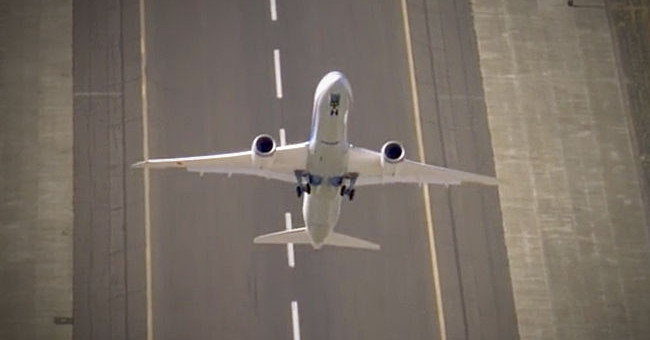How to escape when the engine dies
The ability to glide at high altitudes can help the aircraft have more time to escape when all engines stop working.

The aircraft can still land safely even if the engine dies.(Artwork: Express.)
In the case of dead engine aircraft while flying on land, experienced pilots can handle the situation safely because the aircraft can still fly a long distance to restart the engine and land on the runway. safe, according to Nicoday.com.
"Normally, for every 300 meters, the plane can hover about 3.2 kilometers. So at an altitude of 12,200 meters, the aircraft can fly about 129 km without a motor. They are trained in flight control skills in this way, with the goal of taking more time until the engine is restarted and the calculation for successful landing without the thrust of the engine from The altitude of 12,200 m is very difficult, "said an unnamed British captain.
Patrick Smith, book author Cockpit Confidential, shared the same opinion. " Just like turning off the car engine when it passes, the car continues to move, so does the plane," Smith said.
The hovering technique has been shown to the public by pilots over the years. The most famous is the performance of Captain Chesley 'Sully' Sullenberger in 2009. After a collision with a bird that completely ruined the engine, Sullenberger controlled the A320 plane and landed on the Hudson River in New York, America. All 155 passengers and crew survived.
The pilot controls the dead aircraft to land on Hudson River.
In 1982, British Airways Boeing 747 took off from Heathrow Airport to Jakarta over the volcanic ash column to 177 km from the destination. Volcanic ash caused all four engines to shut down and the aircraft hovered for 20 minutes from an altitude of 11,277 m to 3,657 m. At this height, the crew successfully restarted the engine and landed safely, though it was impossible to see the runway clearly because of the ash covered the cockpit.
- How to handle when the car dies due to flooding
- This great invention is the solution to save hundreds of people in the sea of fire
- The world's smallest W32 engine - mechanical
- A SpaceX rocket engine exploded during testing
- The smallest engine in the world is a million times smaller than an ant
- The EM Drive engine test, which can lead humans to other galaxies
- How to escape when a fire occurs in crowded places
- SpaceX tests the spacecraft's escape system
- Share a fire escape when a director of a telecommunications company burns
- Escape skills when yachts meet fire
- Nanoparticle coating increases the strength of the engine
- Gliding around the Statue of Liberty with the JB-9 personal jet engine
 'Fine laughs' - Scary and painful torture in ancient times
'Fine laughs' - Scary and painful torture in ancient times The sequence of numbers 142857 of the Egyptian pyramids is known as the strangest number in the world - Why?
The sequence of numbers 142857 of the Egyptian pyramids is known as the strangest number in the world - Why? History of the iron
History of the iron What is alum?
What is alum?